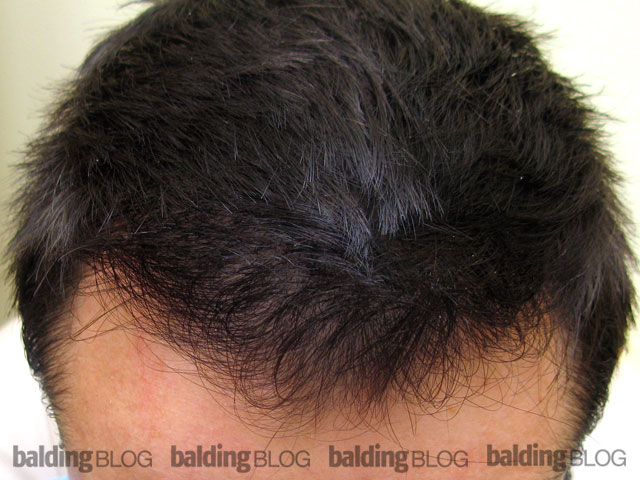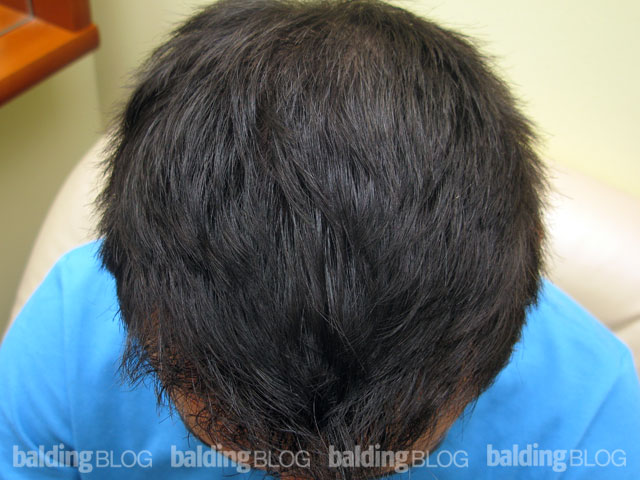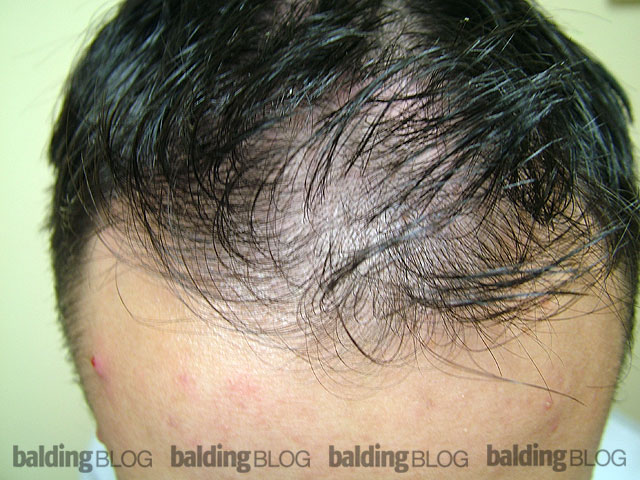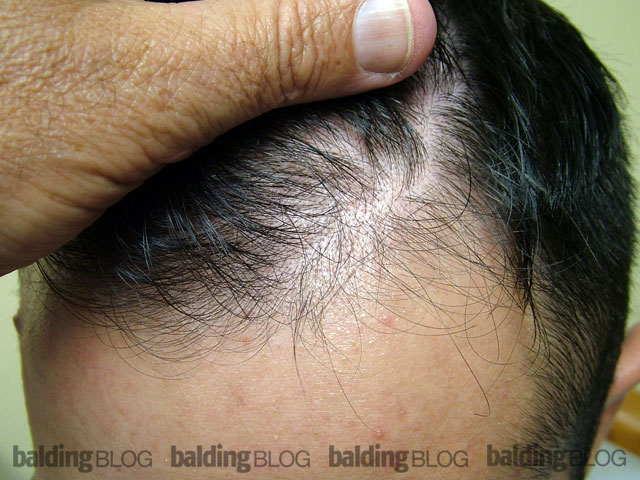I am a 46 year old balding man presently at class 5. I have tried minoxidil up to the 12.5% concentration (Xandrox) but has not worked for me. I also have had one transplant session of about 400 grafts (not NHI) but most of the grafts are gone and obviously am not happy with the result. I just wanted to know if you would recommend my continuing the 12.5% minoxidil or even try the 15% treatment just to slow down the balding process and keep me from going to class 6 or class 7.
Your question is troubling me. Transplanted hairs are permanant and very successful so if yours failed, something is wrong. It is also troubling that you only had 400 hair grafts when you state you are a Norwood Class 5. That would hardly have an impact on your appearance. If your hair transplant was a failure, it is my opinion that you should follow-up with your original hair transplant doctor to discuss the failure with him/her. There are instances where patients believe their hair transplant was a failure because they also had ongoing hair loss. Could that be your situation?
Furthermore, if minoxidil 5% or 12.5% didn’t work for you, what makes you think 15% will work? Minoxidil, like all drugs, has its limitations and higher concentrations may have adverse side effects. Depending on your medical history and a good diagnosis of hair loss, I would also consider finasteride (Propecia) as another option.





